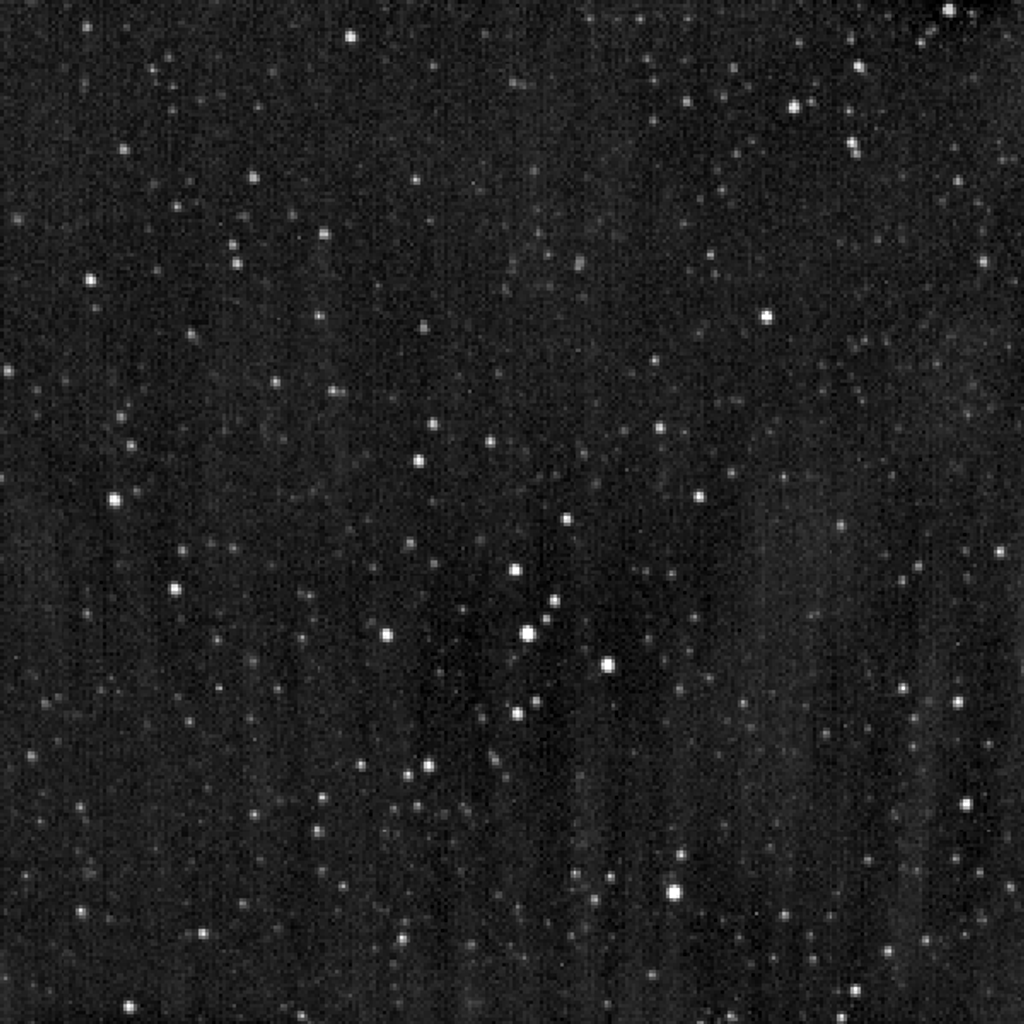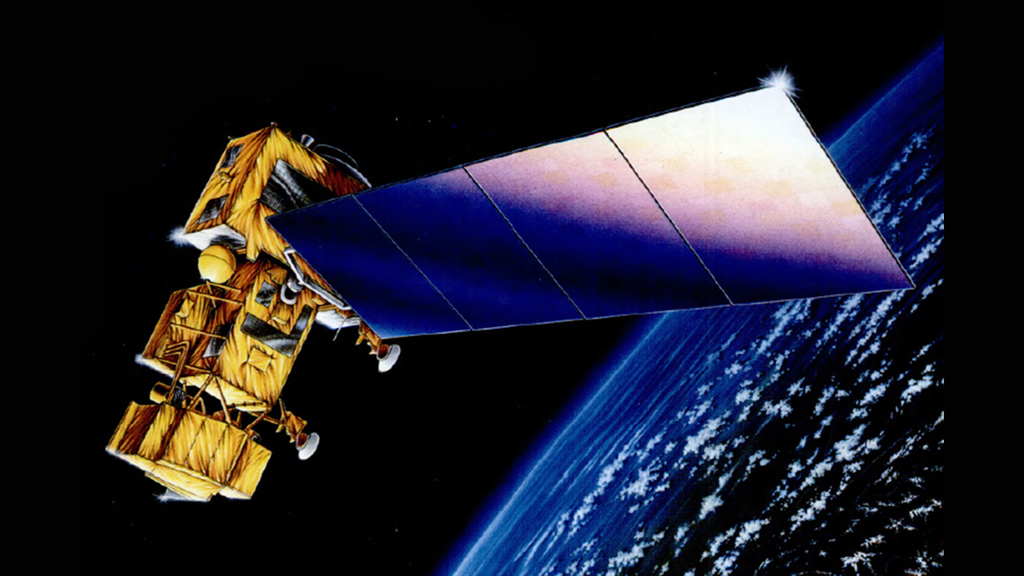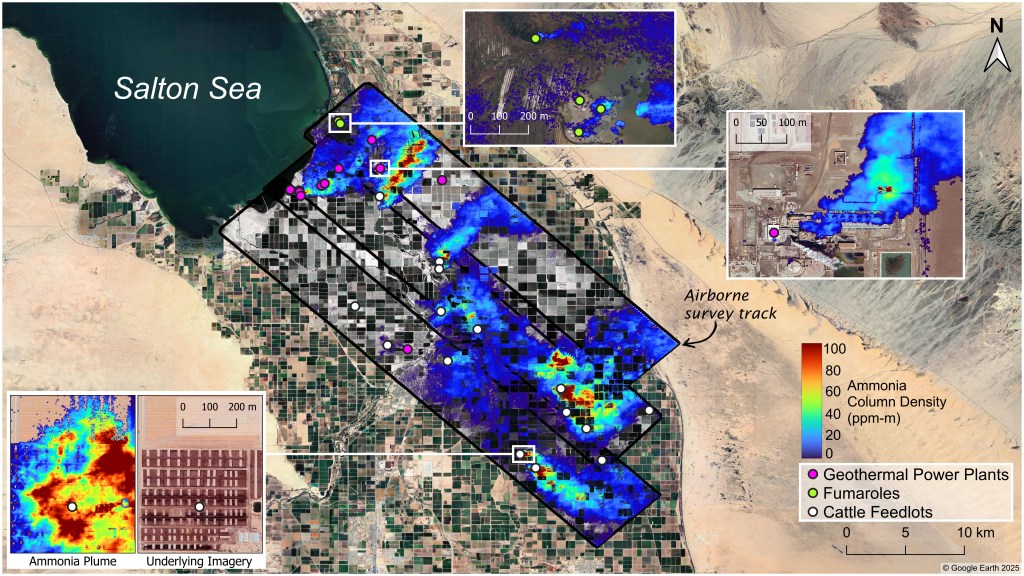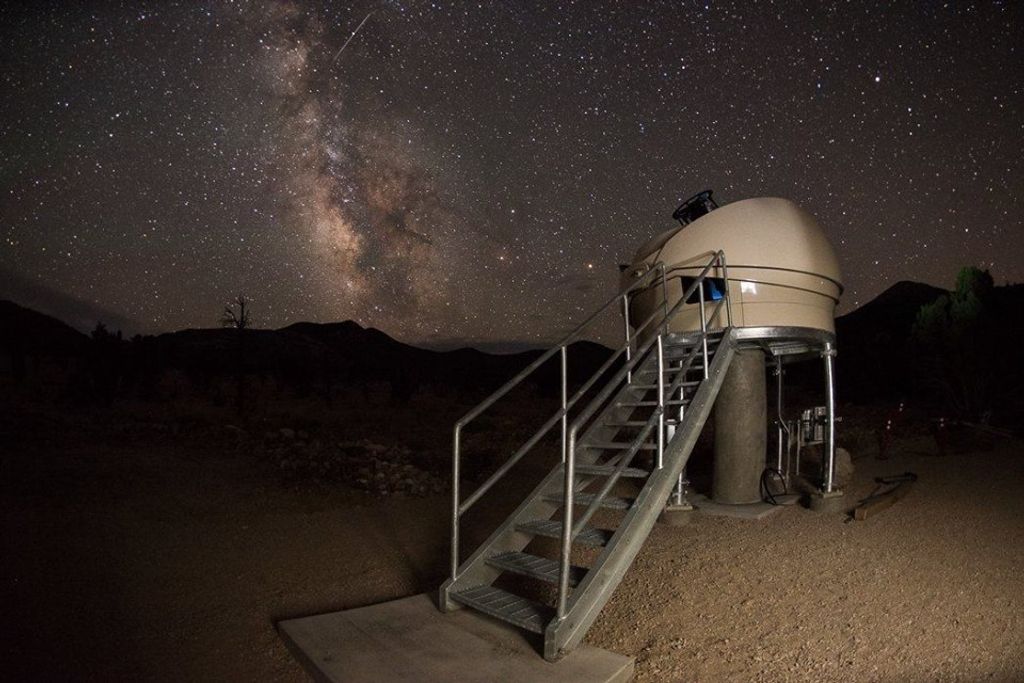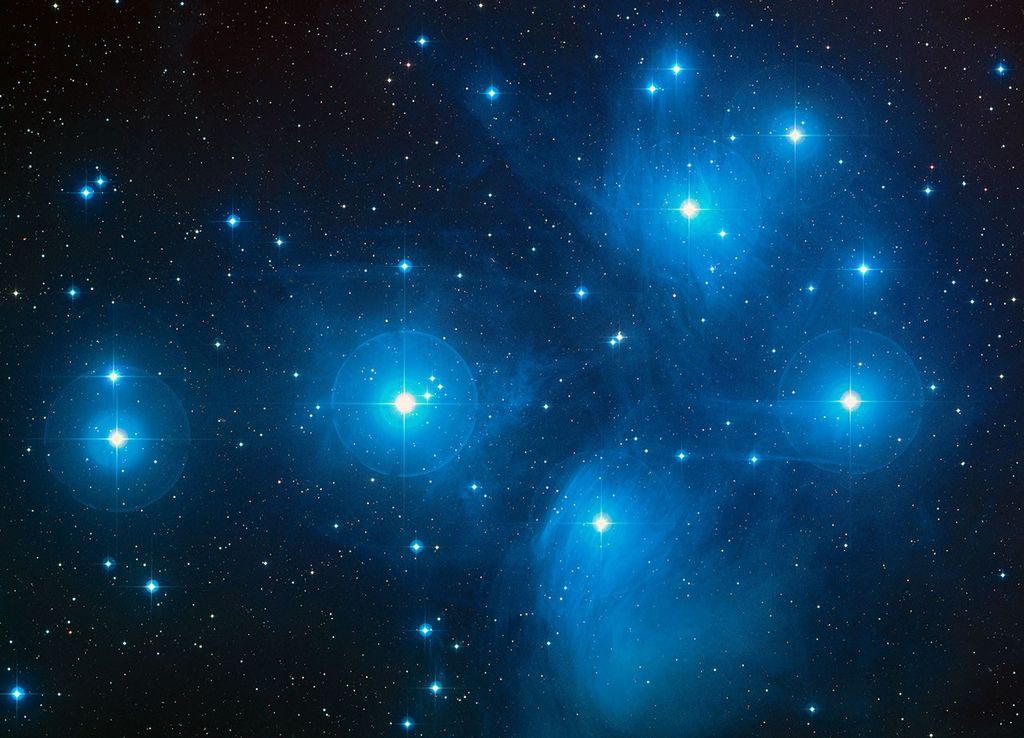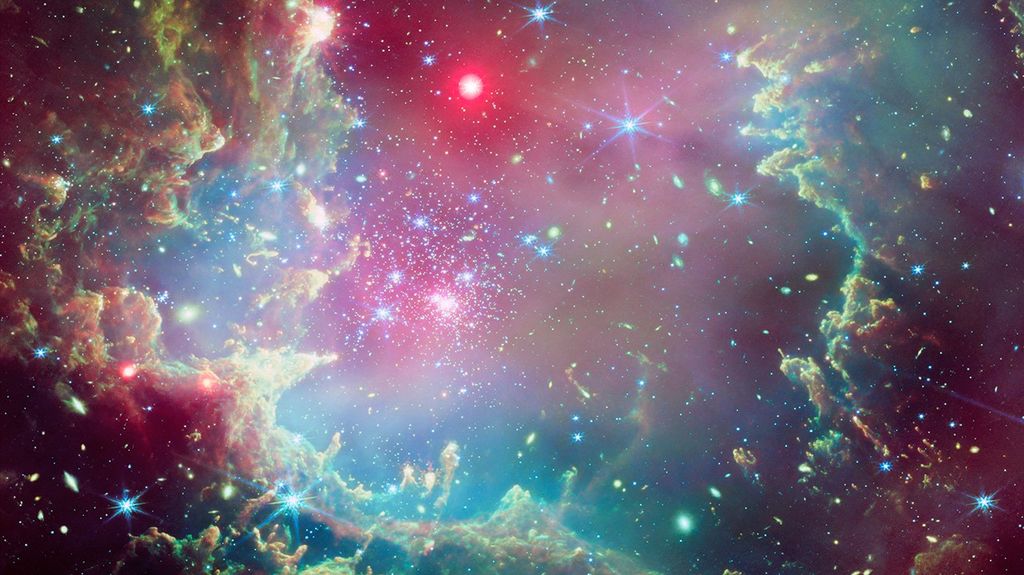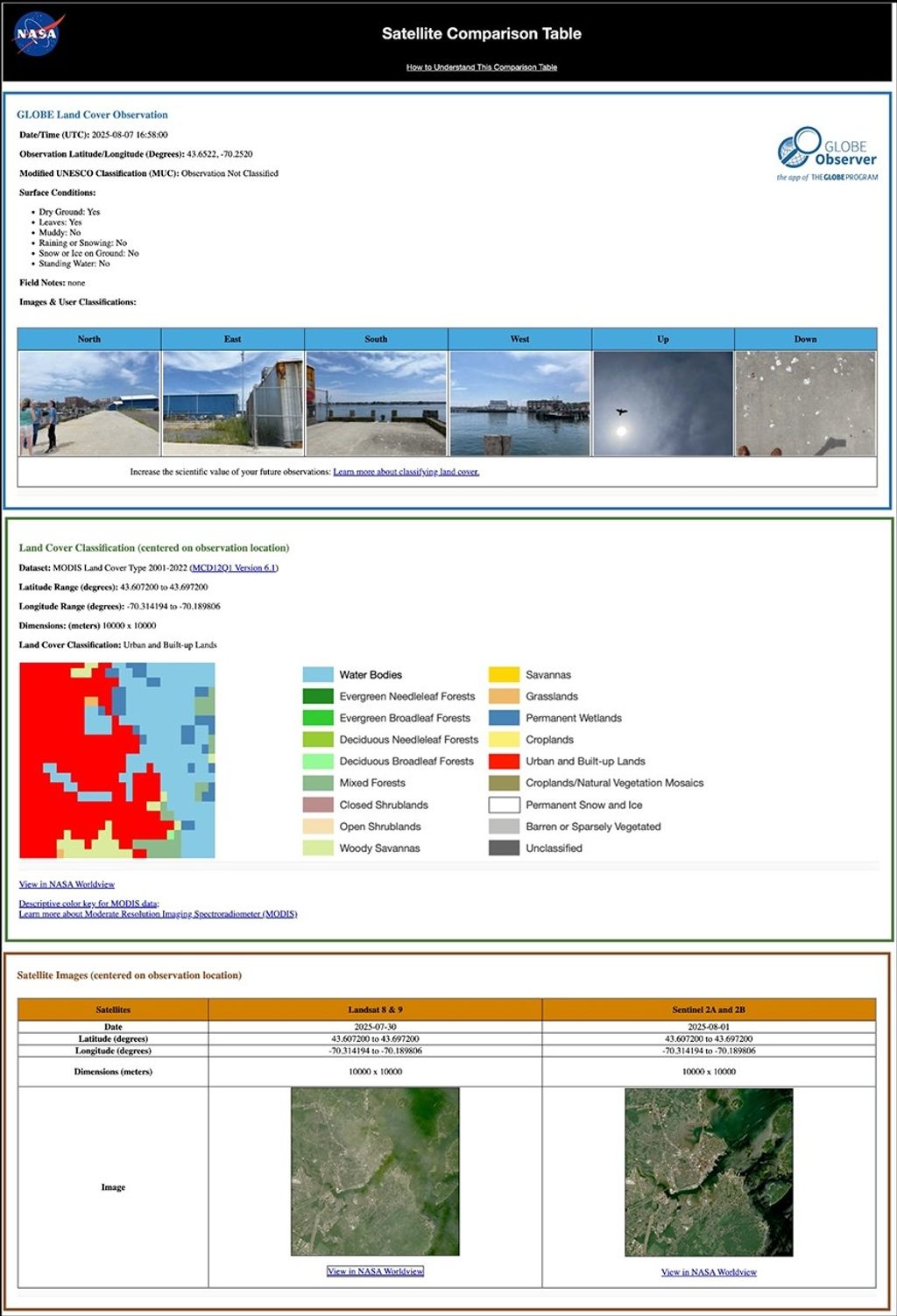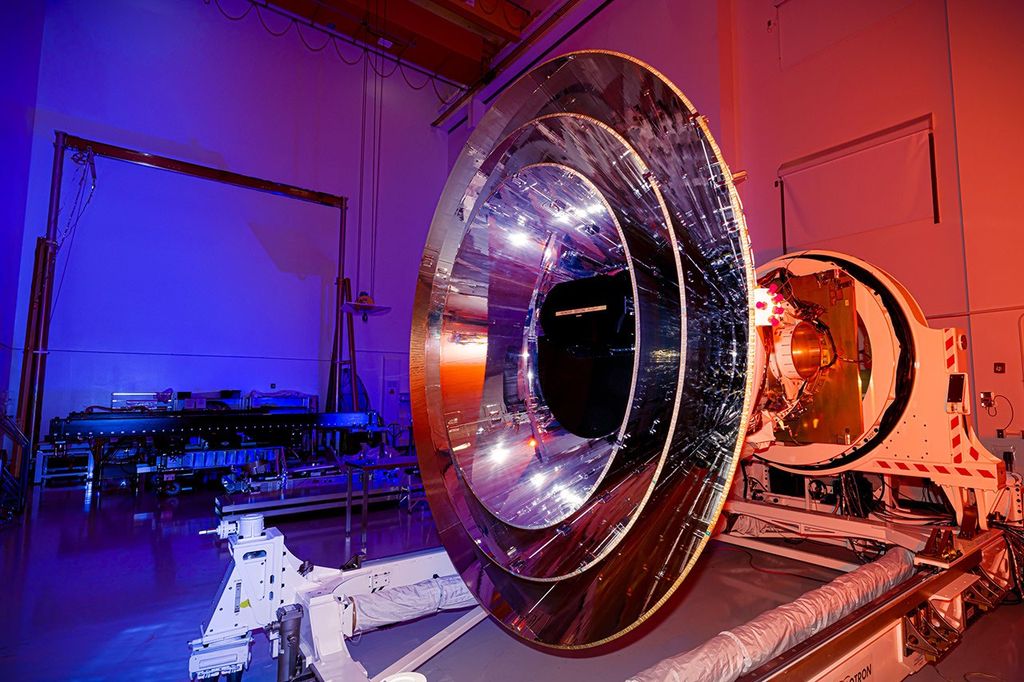1 min read
Substellar Objects in Orion

This image is part of a Hubble Space Telescope survey for low-mass stars, brown dwarfs, and planets in the Orion Nebula. Each symbol identifies a pair of objects, which can be seen in the symbol’s center as a single dot of light. Special image processing techniques were used to separate the starlight into a pair of objects. The thicker inner circle represents the primary body, and the thinner outer circle indicates the companion. The circles are color-coded: Red for a planet; orange for a brown dwarf; and yellow for a star. Located in the upper left corner is a planet-planet pair in the absence of a parent star. In the middle of the right side is a pair of brown dwarfs. The portion of the Orion Nebula measures roughly 4 by 3 light-years.
About the Object
- R.A. PositionR.A. PositionRight ascension – analogous to longitude – is one component of an object's position.05:35:17.0
- Dec. PositionDec. PositionDeclination – analogous to latitude – is one component of an object's position.-5:23:27.99
- ConstellationConstellationOne of 88 recognized regions of the celestial sphere in which the object appears.Orion
- DistanceDistanceThe physical distance from Earth to the astronomical object. Distances within our solar system are usually measured in Astronomical Units (AU). Distances between stars are usually measured in light-years. Interstellar distances can also be measured in parsecs.1,500 light-years from Earth
- DimensionsDimensionsThe physical size of the object or the apparent angle it subtends on the sky.Image is about 9 arcmin across (about 4 light-years)
About the Data
- Data DescriptionData DescriptionProposal: A description of the observations, their scientific justification, and the links to the data available in the science archive.
Science Team: The astronomers who planned the observations and analyzed the data. "PI" refers to the Principal Investigator.The HST observations include those from program 13826 (M. Robberto) - InstrumentInstrumentThe science instrument used to produce the data.WFC3/IR
- Exposure DatesExposure DatesThe date(s) that the telescope made its observations and the total exposure time.February - October 2015
- FiltersFiltersThe camera filters that were used in the science observations.F139M
- Object NameObject NameA name or catalog number that astronomers use to identify an astronomical object.Orion Nebula
- Object DescriptionObject DescriptionThe type of astronomical object.This image is part of a Hubble survey for low-mass stars, brown dwarfs, and planets in the Orion Nebula.
- Release DateJanuary 11, 2018
- Science ReleaseHubble Finds Substellar Objects in the Orion Nebula
- Credit

Color Info
Color InfoA brief description of the methods used to convert telescope data into the color image being presented.
This image is a composite of separate exposures made by the WFC3 instrument on the Hubble Space Telescope.

Compass and Scale
Compass and ScaleAn astronomical image with a scale that shows how large an object is on the sky, a compass that shows how the object is oriented on the sky, and the filters with which the image was made.
Related Images & Videos

Compass Image for Substellar Objects in Orion
This image shows the central portion of the Orion Nebula, where the Hubble Space Telescope was used to conduct a survey for low-mass stars, brown dwarfs, and planets. Each symbol identifies a pair of objects, which can be seen as a single dot of light in the symbol’s center. The...
Share
Details
Last Updated
Aug 17, 2025
Contact
Media
Claire Andreoli
NASA’s Goddard Space Flight Center
Greenbelt, Maryland
claire.andreoli@nasa.gov






